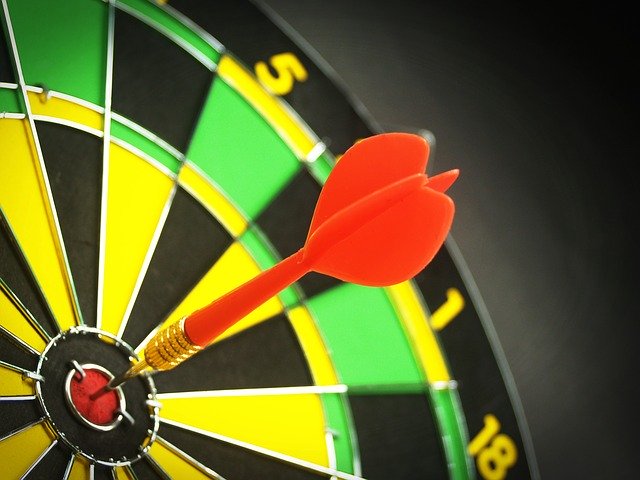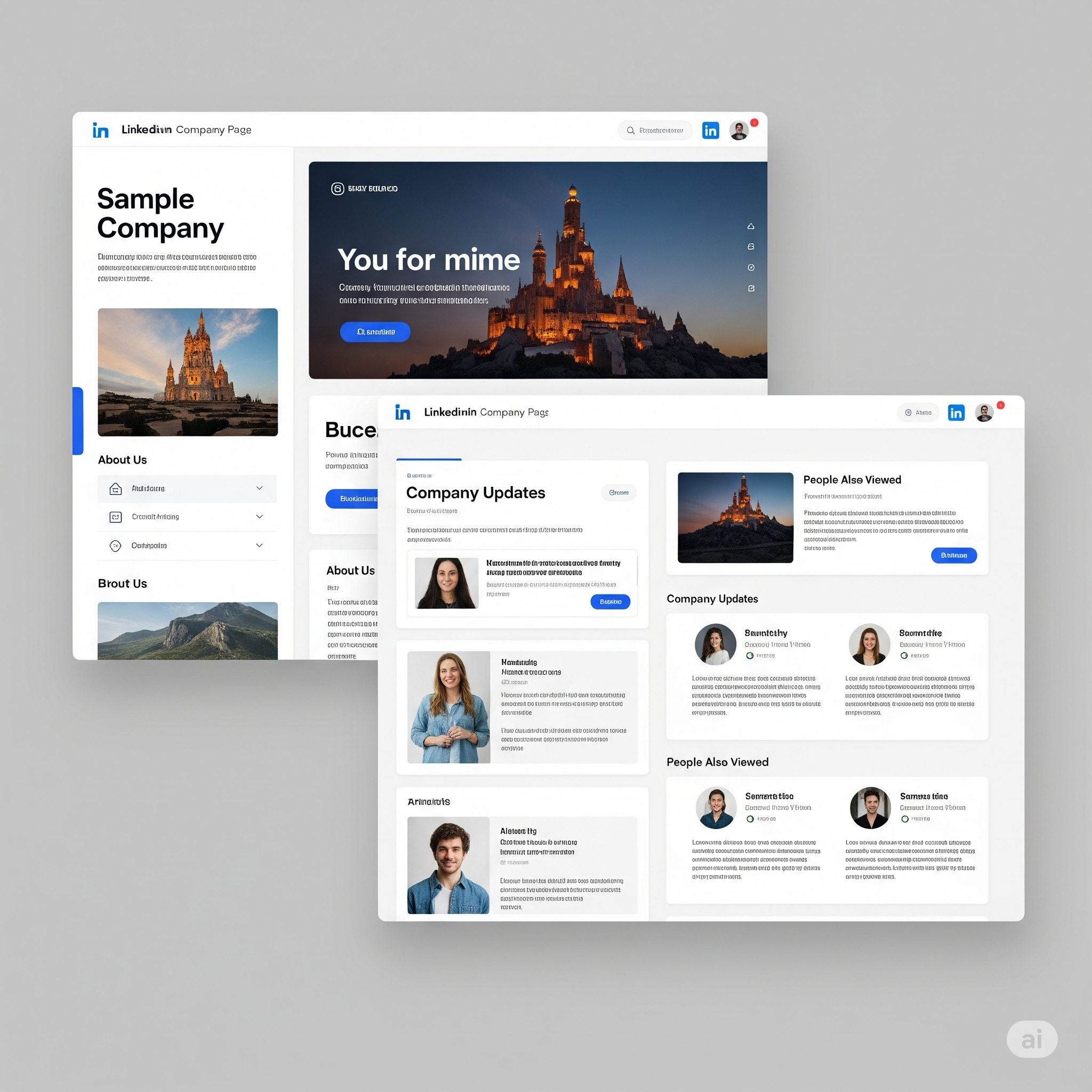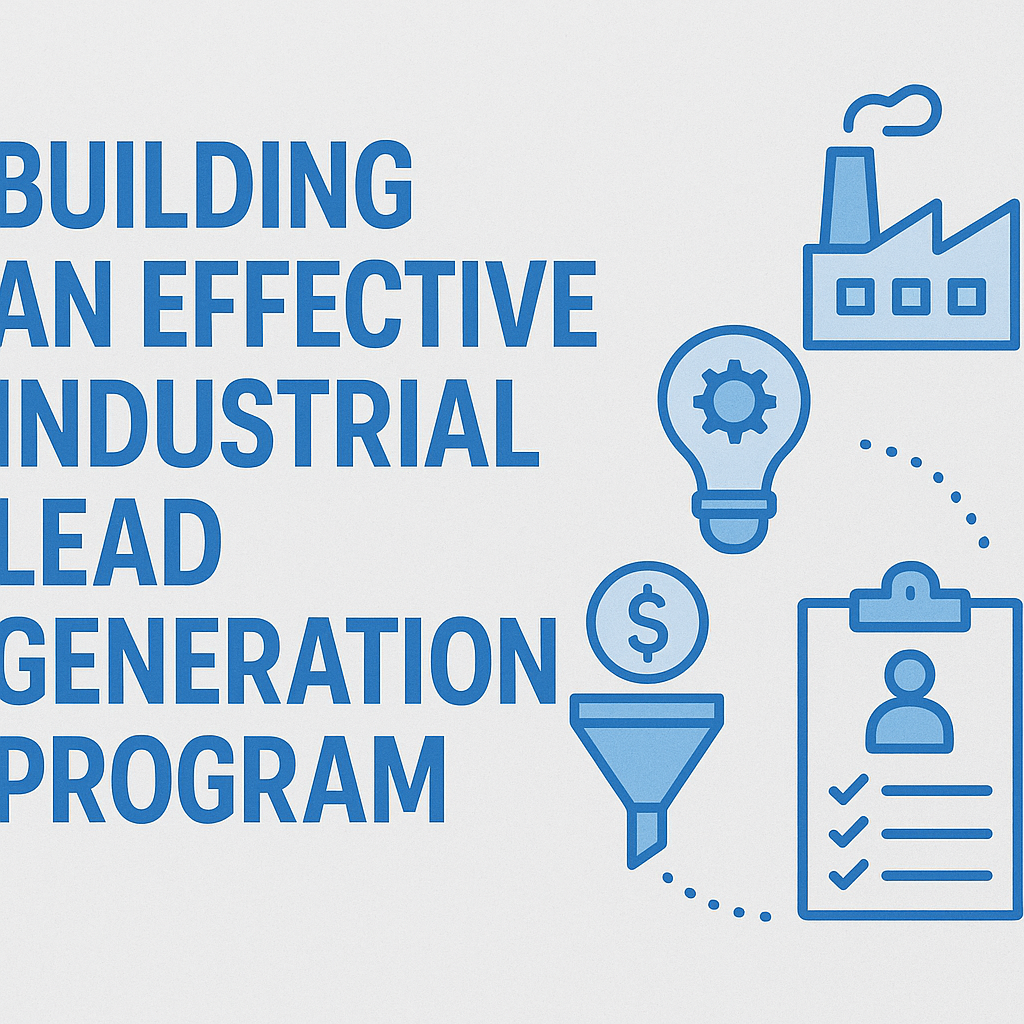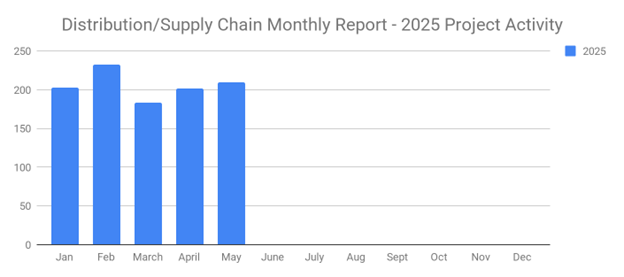
Making initial contact with a prospective B2B buyer is only half the battle when selling a product or service. Whether you reach out by phone, email, direct mail, or other methods, your next challenge is to effectively convey the value of your B2B company's product or service. Prospects are unlikely to purchase unless they believe your offering is valuable and beneficial to their business. While not every prospect will convert into a sale, you can significantly increase your chances by crafting a compelling unique selling proposition (USP) that highlights what sets your company apart.
Making the initial contact with a prospective buyer is only half the battle when selling lighting systems and services. Whether you connect with the prospect via phone, email, direct mail, or other methods, your next task is to clearly convey the value of your lighting company's product or service. Prospects are unlikely to make a purchase unless they believe that your offering is not only valuable but also uniquely beneficial to their business needs. In the competitive landscape of B2B sales, especially in specialized sectors like industrial lighting, logistics, or food and beverage construction, differentiating your product is crucial. While not every contact will result in a sale, you can significantly increase your chances by crafting a powerful unique selling proposition (USP) that resonates with your target audience and effectively communicates why your product or service stands out.
What Is a USP?
A unique selling proposition, or USP, is a concise statement that explains what makes your product or service stand out from the competition. Regardless of what your lighting company offers, it's likely that other companies are selling similar products or services. In a market where very few B2B companies operate without competitors, it’s vital to clearly differentiate your offerings. A well-crafted USP helps prospects immediately recognize the distinctiveness of your product or service, making it easier to capture their interest and drive sales.
In the context of lighting systems and services, your USP might focus on energy efficiency, durability, or cutting-edge technology that sets your offerings apart from the rest. For example, if your lighting systems incorporate advanced control systems that offer superior energy management, this feature should be central to your USP. The objective is to convey the unique aspects of your product or service that make it a better choice for potential buyers. With a compelling USP, prospects will quickly understand how your lighting company’s offerings differ from those of your competitors. This straightforward message highlights the unique value of your product or service, making it easier for prospects to see the benefits of choosing your company over others.
The Importance of a USP
Creating and utilizing a strong USP is critical for several reasons. First and foremost, it allows you to distinguish your lighting company from its competitors in a crowded marketplace. According to some estimates, there are over 10 million B2B companies operating in the United States alone. While not all of them sell the same products or services, many offer similar solutions. By crafting a unique and compelling USP, you can ensure that prospects recognize your lighting company’s products or services as distinct and valuable. This is particularly important in industries like industrial lighting or facilities services, where the differences between competing products might not be immediately apparent to the buyer.
Moreover, a USP is versatile and can be included in various marketing and sales materials. When cold calling a prospect, for example, you can mention the USP to immediately differentiate your offering. Similarly, if you follow up with an email, reiterating the USP reinforces its importance and keeps it top of mind for the prospect. The more consistently you present your USP across different communication channels, the more effective it will be in driving sales. Whether in brochures, online content, or face-to-face meetings, a well-articulated USP serves as the cornerstone of your sales strategy, ensuring that your messaging remains focused and persuasive.
Research Your Competitors' Products or Services
To develop an effective USP, you need to thoroughly research your competitors’ products or services. The core purpose of a USP is to convey the uniqueness of your lighting company’s offerings, which requires a deep understanding of what’s already available in the market. Before crafting a USP, take the time to analyze your competitors' products or services. Look at their features, pricing, customer feedback, and marketing strategies to identify areas where your offering excels. This research will provide the foundation for a USP that truly sets your company apart.
In the lighting industry, this might involve looking at how competitors position their products in terms of energy efficiency, lifespan, or cost-effectiveness. For example, if your competitors emphasize energy-saving features but lack robust after-sales support, your USP could highlight your superior customer service and maintenance packages. The goal is to find a unique angle that not only sets your product apart but also addresses a gap in the market. By doing so, you create a USP that resonates with prospects and directly speaks to their needs and pain points.
Mention Noteworthy Features
Your USP should highlight the key features that make your lighting product or service stand out from similar offerings. After researching your competitors, you’ll have a clearer picture of what makes your product unique. Be sure to mention these features in your USP, focusing on how they benefit the prospect’s business. For example, if your lighting system offers energy-saving capabilities that reduce operating costs, make that a central point in your USP. In sectors like industrial or commercial lighting, where operational efficiency and cost savings are paramount, such features can significantly influence a buyer's decision.
Additionally, consider how your product’s features address specific challenges faced by your target audience. If your lighting system is designed to be easily integrated with existing infrastructure, this could be a significant selling point for businesses looking to upgrade without major disruptions. The goal is to communicate the tangible benefits that set your product apart and make it an attractive option for potential buyers. By focusing on the aspects of your product that offer the most value to your prospects, you can craft a USP that effectively drives interest and sales.
Highlight the Price
Price is a major factor in any purchasing decision, and it should be an integral part of your USP. According to HubSpot, overcoming price objections is one of the top challenges faced by B2B sales reps, alongside establishing urgency and making contact with prospects. If a prospect perceives a product or service as too expensive or not worth the cost, they are unlikely to buy it. By addressing price within your USP, you can preemptively tackle these objections and position your offering as a cost-effective solution.
Don’t just mention the price—contextualize it by comparing it to competitors’ offerings. For instance, if your lighting system is priced 20% lower than a similar product from a competitor, include that comparison in your USP. This not only highlights the cost savings but also reinforces the value proposition, making your product more appealing to budget-conscious buyers. In industries where margins are tight and cost efficiency is critical, such as manufacturing or facilities services, emphasizing your competitive pricing can be a powerful motivator for prospects.
Watch the Length
While it’s important to include all relevant information in your USP, brevity is key. A lengthy USP can overwhelm prospects, especially busy decision-makers who may not have the time to digest a long message. B2B buyers, often C-level executives, value concise, clear communication. A short, focused USP that zeroes in on the most important aspects of your product or service is more likely to capture their attention and hold their interest.
There’s no one-size-fits-all rule for USP length, as some products or services may require more explanation than others. However, the general principle is to keep it concise, emphasizing the most noteworthy features and pricing. The objective is to create a USP that quickly conveys the unique value of your offering without losing the prospect’s interest. By delivering a clear and compelling USP, you can engage prospects more effectively and increase the likelihood of closing the sale.
In Summary
Crafting a strong USP is essential for distinguishing your lighting company in a crowded market. By researching your competitors, highlighting key features, addressing price objections, and maintaining a concise message, you can create a USP that resonates with your target audience and drives sales. Whether you’re reaching out via phone, email, or face-to-face meetings, a well-crafted USP can be the difference between a prospect choosing your product or going with a competitor. In a B2B environment where every advantage counts, a compelling USP is not just a marketing tool—it’s a critical component of your overall sales strategy.
What to learn more? Get in Touch





